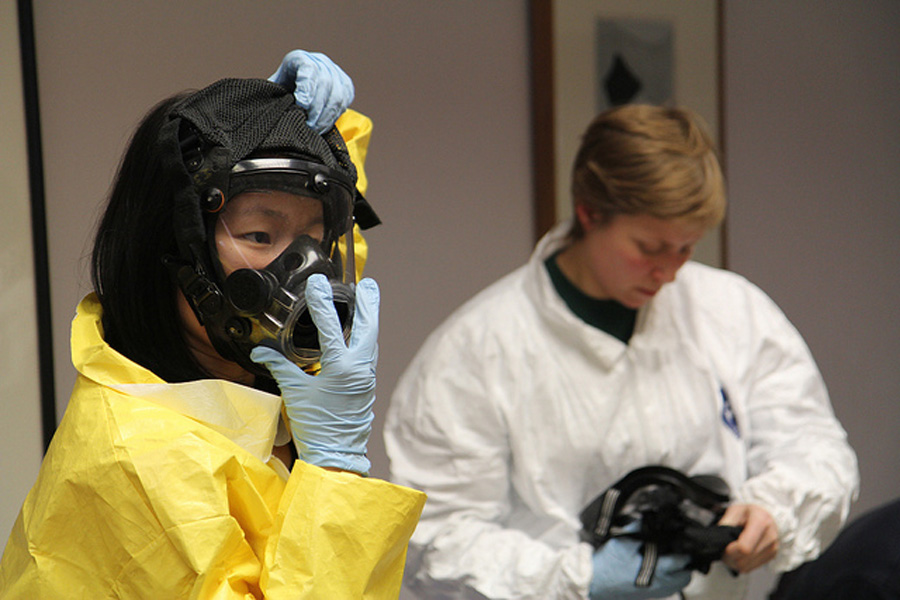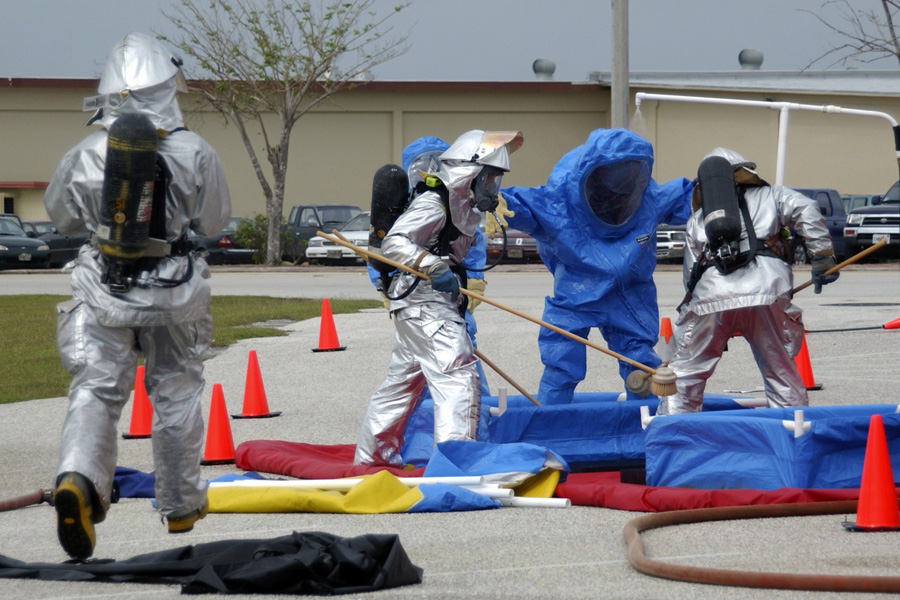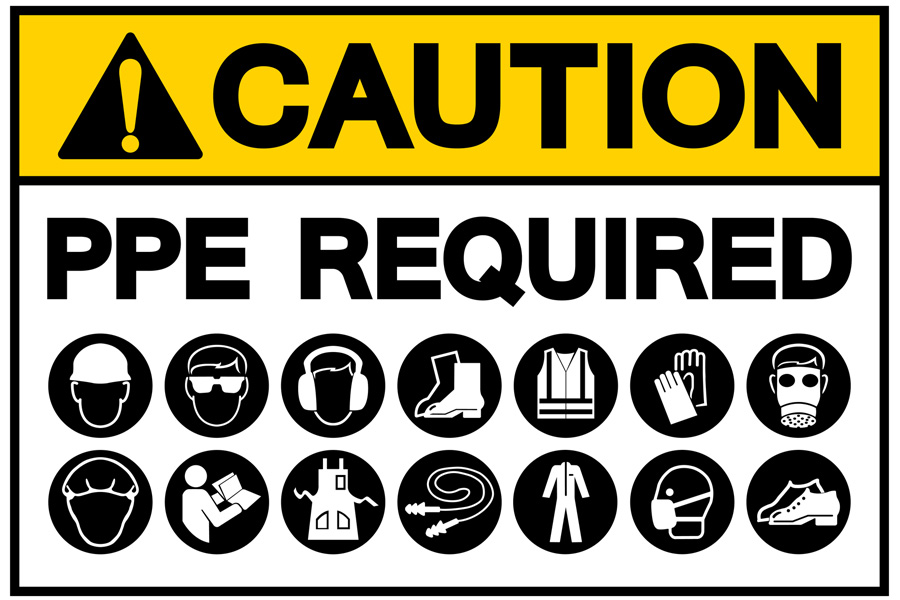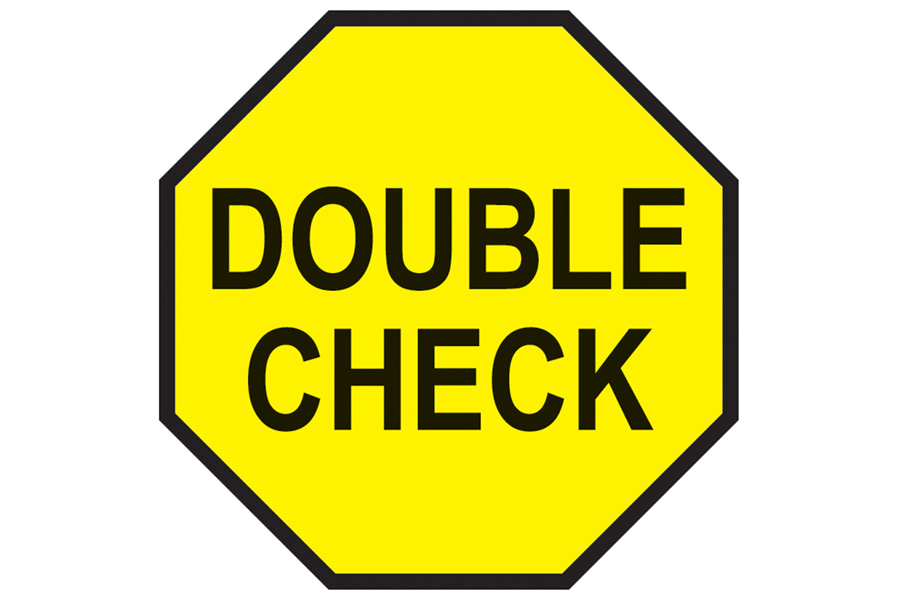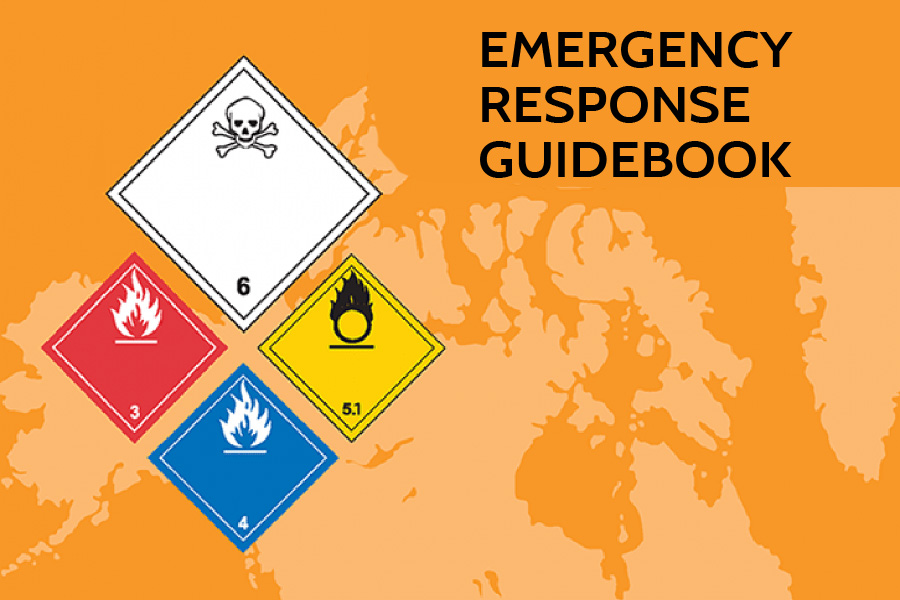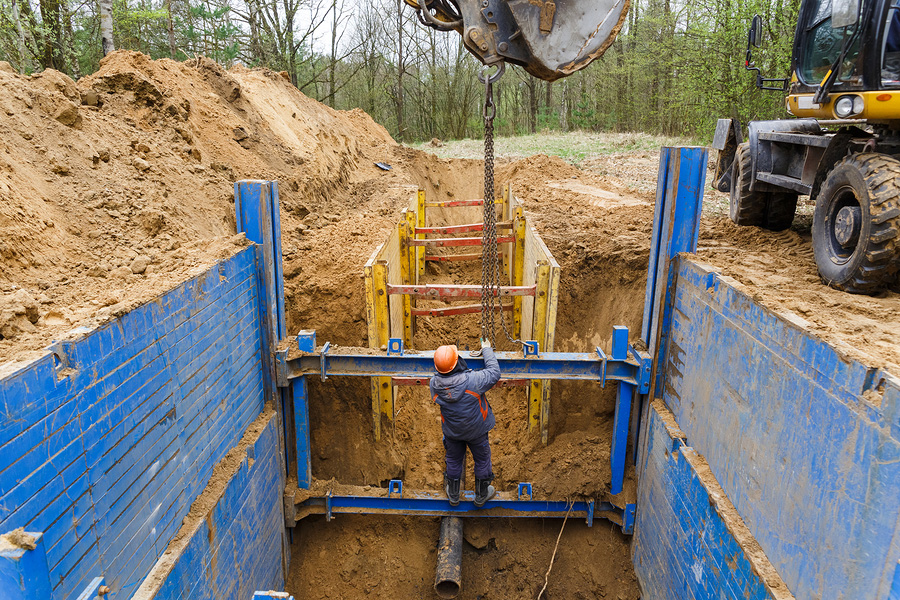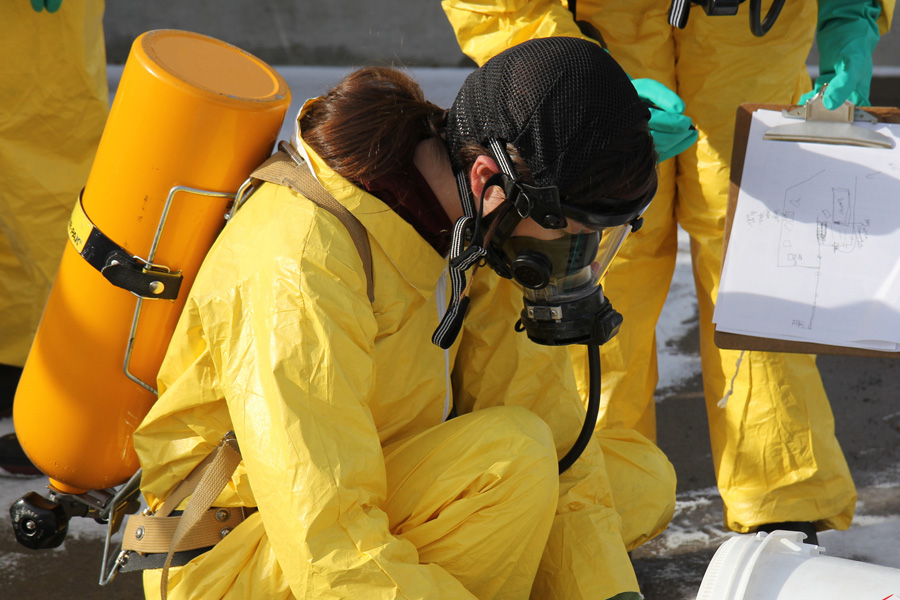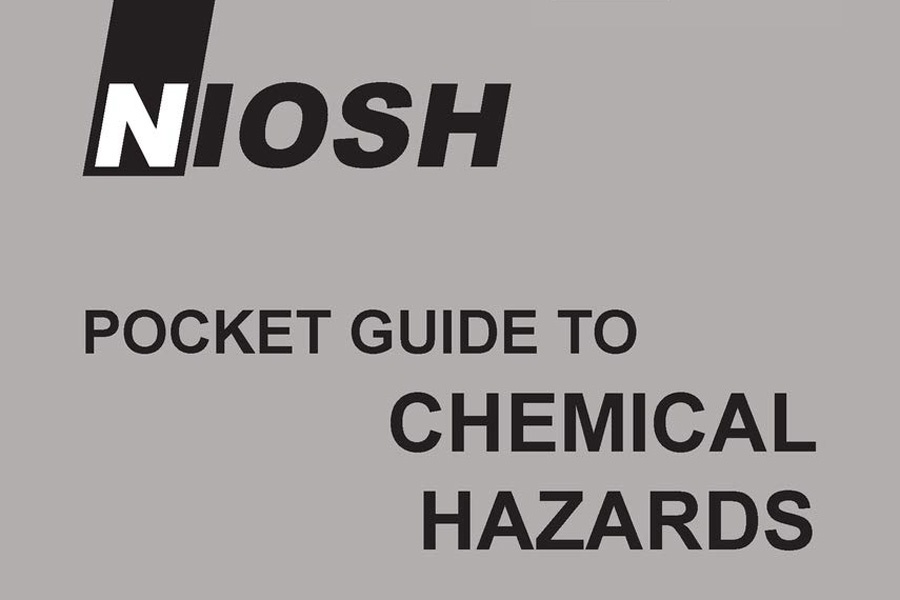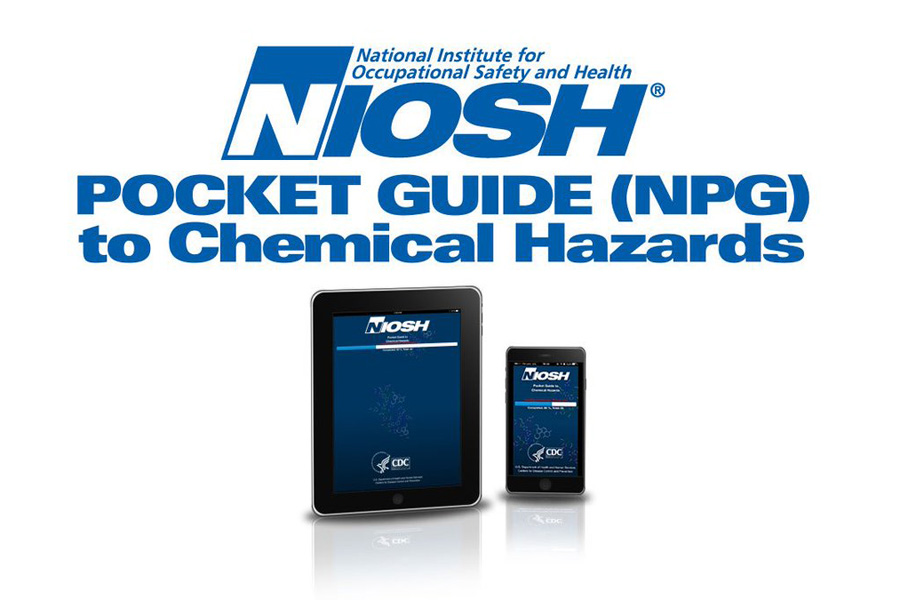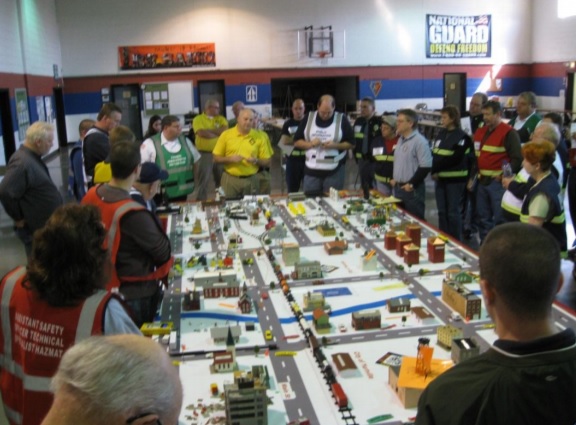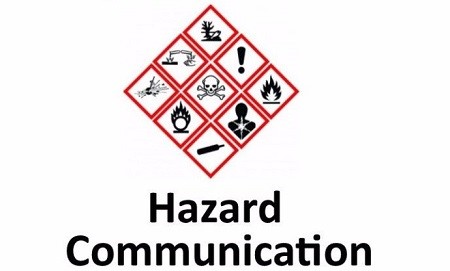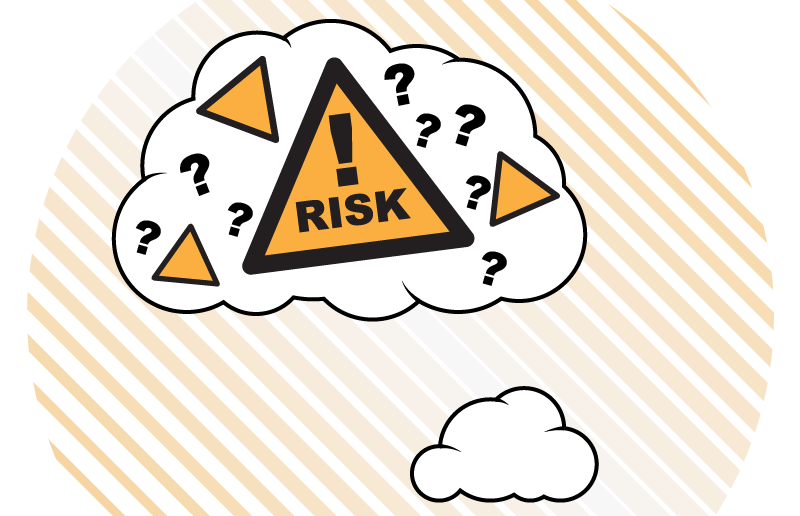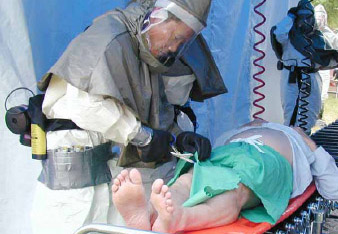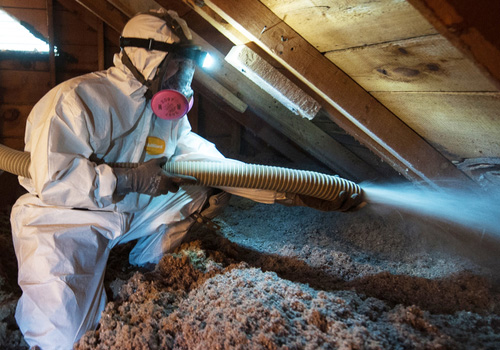DOWNLOADS
This program was developed in response to the need for workers served by the MWC to gain in-depth skills regarding the range of PPE that may be used. By following the outline format and activities in this guide, you will be better able to enhance learning, stimulate class discussion, and maintain the training objectives.
DOWNLOADS
COURSE MATERIALS
PPE Refresher- Inspect, Don, Doff a Level of Protection
When completed, participants will be better able to:
- Inspect gear for defects or damage prior to use.
- Demonstrate the ability to dressout in Level A, B or C.
DOWNLOADS
When completed, participants will be better able to:
- Use resources to determine appropriate level of protection by gloves.
DOWNLOADS
When completed, participants will be better able to:
- Demonstrate ability to inspect provided PPE.
- Set up decontamination zones for a hazard.
- Demonstrate ability to dressout in Level B or C.
- Demonstrate ability to perform decon.
DOWNLOADS
When completed, participants will be better able to:
- Use resources to find the OSHA requirements for other types of PPE.
- Identify possible gaps in current practices at workplace.
DOWNLOADS
When completed, participants will be better able to:
- Identify the level of PPE needed.
DOWNLOADS
DOWNLOADS
This program was developed in response to the need for workers served by the MWC to gain in-depth skills regarding the range of PPE that may be used. By following the outline format and activities in this guide, you will be better able to enhance learning, stimulate class discussion, and maintain the training objectives.
DOWNLOADS
COURSE MATERIALS
PPE Refresher- Inspect, Don, Doff a Level of Protection
When completed, participants will be better able to:
- Inspect gear for defects or damage prior to use.
- Demonstrate the ability to dressout in Level A, B or C.
DOWNLOADS
When completed, participants will be better able to:
- Use resources to determine appropriate level of protection by gloves.
DOWNLOADS
When completed, participants will be better able to:
- Demonstrate ability to inspect provided PPE.
- Set up decontamination zones for a hazard.
- Demonstrate ability to dressout in Level B or C.
- Demonstrate ability to perform decon.
DOWNLOADS
When completed, participants will be better able to:
- Use resources to find the OSHA requirements for other types of PPE.
- Identify possible gaps in current practices at workplace.
DOWNLOADS
When completed, participants will be better able to:
- Identify the level of PPE needed.
DOWNLOADS
When completed, participants will be better able to:
- Identify if contamination remains after decon.
DOWNLOADS
When completed, participants will be better able to:
- Identify hazard information using the ERG.
- Identify response actions based on scenario provided.
- Identify changes in tactical operations as conditions change.
DOWNLOADS
When completed, participants will be better able to:
- Identify limits for exposure(s) measured in your workplace.
- Review a report of monitoring results.
- Identify jobs or tasks where exposures may occur.
DOWNLOADS
When completed, participants will be better able to:
- Demonstrate preparation of a sampling device for use.
- Demonstrate use to collect sample.
- Demonstrate required after-use actions.
- Identify any personal protective equipment necessary during use.
DOWNLOADS
When completed, participants will be better able to:
- Conduct the task or response activity.
- Participate in a debriefing to identify areas for improvement.
- Identify approaches to achieving improvements identified.
DOWNLOADS
When completed, participants will be better able to:
- Describe risks of excavation.
- Describe types of collapses.
- Identify protection/preventive methods.
- Distinguish between regulations and safe work practices.
- Identify elements needed in an SOP if an emergency occurs.
DOWNLOADS
When completed, participants will be better able to:
- Identify the types of respiratory protection.
- Identify components of your SCBA.
- Identify fit testing requirements for SCBA use.
DOWNLOADS
This exercise has been designed to allow the instructor to choose a chemical that is relevant to the trainees.
DOWNLOADS
With an ever-changing workplace environment, incidents of severe weather are happening more frequently. Additionally, new hazards are present in the workplace that we all need to be attentive to in order to maintain a safe workplace.
DOWNLOADS
When completed, participants will be better able to:
- Gather information about a chemical hazard using the NIOSH Pocket Guide mobile app.
- Identify a chemical concentration that is immediately dangerous to life and health (IDLH) using the NIOSH Pocket Guide mobile app.
- Select a category of respiratory protection for a chemical exposure scenario using the NIOSH Pocket Guide mobile app.
DOWNLOADS
The Midwest Consortium developed this program for facilitators who want to conduct and evaluate a drill. When completed, participants will be better able to:
- Demonstrate competency in completing an assignment during a drill
- Participate in a debriefing to identify areas for improvement
- Respond to external input regarding areas of improvement, if appropriate
- Identify approaches to achieving improvements identified
DOWNLOADS
The Midwest Consortium developed this program for facilitators who want to design and conduct a tabletop program. When completed, participants will be better able to:
- Demonstrate competency in completing a task or a role in a tabletop exercise
- Participate in a debriefing to identify areas for improvement
- List approaches to achieving improvements identified
DOWNLOADS
DOWNLOADS
DOWNLOADS
COURSE MATERIALS
- Facilitator Overview – Single Session Format
- Facilitator Overview – Multi-Session Format
- 8TR-M Participant Cover Page
- Module Checklist
- Timeline
- Cover Sheet
- Impact Evaluation
- Test Scores
- Registration Form
- Evaluation Form
MODULES
Inspect, Don, Doff
Checking Out Factors in Glove Selection
Suit Up and Decon
More than CPC and RPE
Levels of Protection
Decon Double Check
Using the ERG
Exposures Measured at Your Workplace
Sampling to Measure Exposure
Design and Conduct a Skill-based Drill
Trench Safety Awareness
Using Your SCBA
NIOSH Pocket Guide Performance Measure
NIOSH Pocket Guide Mobile App
Create a Climate Kit
U.S. Chemical Safety and Hazard Investigation Board (CSB) Investigation Exercises
- Facilitator Guide
- Combustible Dust, Indiana Example
- Combustible Dust, Kentucky Example
- Combustible Dust, Tennessee Example
- Combustible Dust, Wisconsin Example
8TR-M Risk Management Plan Exercise
Lithium Battery Safety
This program was developed in response to the need for workers served by the MWC to gain in-depth skills regarding the range of air, water and soil sampling devices used for exposure assessment; by following the outline format and activities in this guide, you will be better able to enhance learning, stimulate class discussion, and maintain the training objectives.
DOWNLOADS
DOWNLOADS
The Midwest Consortium developed this template for Program Directors and facilitators who want to develop an exercise using a map accessed using technology that can be added to the MWC programming.
DOWNLOADS
A mobile app, or simply app, is a specialized program – or application – downloaded onto mobile devices. The Midwest Consortium developed this template for Program Directors and facilitators who want to develop an exercise to use an app that is then added to the MWC programming.
DOWNLOADS
The activities in this exercise will result in workplace changes that reduce exposures. Many will be small changes, but every avoided or eliminated exposure benefits workers. Each success builds confidence that change can be made.
DOWNLOADS
Trainees are here because they are or will be employed as mold remediation workers. During this program they will learn about the following topics:
- Mold-specific health and safety hazards.
- Use of personal protective equipment.
- Work practices and other controls to minimize hazards.
- Decontamination
- Other resources.
When they finish, they will be better able to do the following:
- Recognize mold-related hazards.
- Conduct safe work practices.
- Use protective equipment.
- Perform necessary decontamination.
DOWNLOADS
COURSE MATERIALS
DOWNLOADS
COURSE MATERIALS
Trainees are here because they are or will be employed as weatherization workers. During this program they will learn about the following topics:
- Health and safety hazards may be present.
- Work Practices and other controls to minimize hazards.
- Use of personal protective equipment.
- Other resources.
When they finish, they will be better able to do the following:
- Recognize hazards that may be present
- Conduct safe work practices.
- Use protective equipment.


